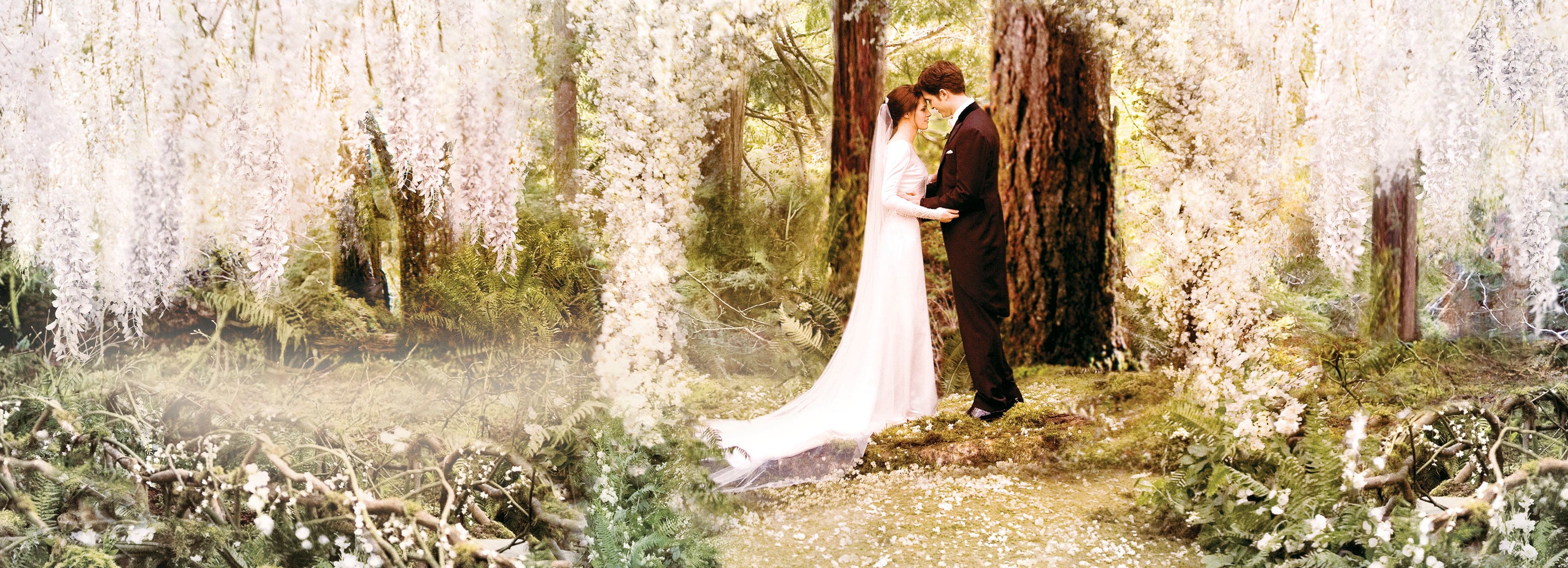Growing up, I never experienced the same love and loyalty for Disney princesses that my peers did. My mother, being a Women and Gender Studies major in college, made a conscious effort to minimize my exposure to the ultra-feminine, submissive, naive, and powerless stereotypes of the princesses in Disney movies. However, when The Princess and The Frog came out, it seemed to be an exception. Tiana was a woman of color, had her own passion for a business, and was dedicated towards accomplishing her goals…This is what my mother wanted me to see, right? Yes, that’s what I had assumed until recently. In honor of my roommates and I dressing up as Disney villains for Halloween this year, I decided to revisit this beloved movie. The Princess and The Frog seemed progressive at the time, but watching the movie through a critical lens has exposed the bad habits of traditional Disney that were still fully in effect at that time.
In terms of the stereotypical elements of fairy tales that I noticed, there was actually quite a long list. It seems unheard of for Disney to create a princess movie without at least some of these qualities. So, Tiana has a problem, as most princesses do, and she goes through obstacles to overcome this problem. This problem is also almost always on some sort of timer. There’s pressure; time is running out, things like that. There is also an evil villain who tries to ruin the situation around them for their own personal gain; we see this within multiple characters throughout this movie. A lot of times, this villain’s motives involve deep jealousy of another character. And although we see Tiana’s mom, her dead father symbolizes a rather important focal point of her aspirations to open her own restaurant. Typically, we see princesses who do not have any parents present or one parent is out of the picture. Other than Tiana, we see that some women in this movie don’t want to work very hard because a man can provide for them. Actually, Lottie illustrates this princess archetype…She only cares about love, but she is unable to tell the difference between genuine love and artificial showcases of love. We’re used to seeing naive and gullible princesses. She is also dramatic and emotional, which draws an even more severe distinction between her and Tiana. Why can’t our princesses be multifaceted? Women can be hardworking, intelligent, strong, and emotional, affectionate, passionate, and expressive. Complexity is a real thing; we need to see more of this.
Additionally, we see an innocent side character/friend die by the end of the film. In this case, Ray the firefly doesn’t make it until the end of the movie, but since he is a side character (and we’re supposed to focus on the romantic, happy ending), we’re not surprised by his death. Another element that I noticed is that the “bad people” getting hurt is supposed to be comedic. Speaking of villains, why do they always die because of an outside force? The Shadow Man was killed by the dark spirits, and in other films, the villains die by accident. Disney seems to want to keep their good, moral characters pure… They don’t want to put a murder on their conscience. Disney tells us violence is okay if it’s involving the “bad people”. There are also moral lessons sprinkled throughout the movie, which Disney typically does: “Don’t give up on your dreams!” “Hard work pays off!” “Love requires sacrifice sometimes!” Throughout this journey, we also see some sort of misunderstanding that isn’t resolved quickly. Other than turning them back into humans, the characters have other misunderstandings about true love and motivations. Since this film touches on the powerful role of money within our life (money runs the world for some, and they’re willing to do whatever they can to get it because money equals power), it teaches the audience that true love is the greatest power, not money, and those who put money this highly are selfish and evil. Tiana chooses to sacrifice aspects of her personal life for Naveen, but she ultimately ends up with both things that she wants. We get our Disney princess happy ending!
In terms of gender, I want to list some distinctions that I noticed. Lottie loves pink and girly things, but Tiana is less of a “girly girl”. The frog version of Naveen offers Tiana money in exchange for sexual favors; are we supposed to laugh at this? Tiana’s mother wants her to find love and have children, which are typical expectations of women in our society. There is also a sexual innuendo when Ray sees the two frogs tied together with their tongues, assuming that something sexual occurred because one frog is Tiana and one is Naveen. Another sexual joke occurs when Ray’s grandmother talks about getting in trouble for “flashing the neighbors”. Tiana is also labeled as “a stick in the mud” because she takes work and life seriously… Why does Naveen dislike this so much in the beginning but respect this part of her by the end? We’re supposed to believe that Naveen fell in love with Tiana for her personality (because she is a frog for most of the movie, another issue), but if this didn’t happen, he would have happily married Lottie for money? This man only changes when he has to. Naveen also assumes that everyone should act a certain way to please him for his own personal benefit because he is a young, attractive, manipulative man. Why is it the woman’s job to teach the spoiled man how to act right? He was also visibly disappointed when Tiana tells him that her father is the most important person to her and that she was opening the restaurant for the two of them. When we zoom out on the whole situation, Tiana was relying on a man to achieve her dream. She needed Naveen to marry Lottie so that she could get her restaurant. Unfortunately, it seems like Tiana changes her dream from the restaurant to the restaurant with Naveen. Also, there’s a hint of toxic masculinity at Ray’s funeral; Naveen doesn’t cry, but Tiana does. Strong men don’t cry in Disney films!
Now, I do want to mention that Disney films have come a long way since The Princess and The Frog, and Disney has even made fun of their traditional princesses in a scene of the second Wreck-It Ralph film. However, it is still important to revisit Disney’s roots and dissect the harm that these messages can and have sent to children.



